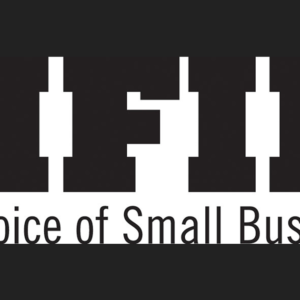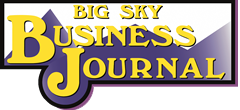A program especially designed for the restaurant industry has been announced by the US Small Business Administration. The program was part of the federal government’s American Rescue Plan. It set aside $28.6 billion for a Restaurant Revitalization Fund (RRF)to be administered within the SBA.
Said SBA Administrator Isabella Casillas Guzman, “The restaurant industry has been among the hardest-hit sectors during the economic downturn caused by the COVID-19 pandemic. To help bring jobs back and revive the industry… the SBA will administer the funds to the hardest-hit small restaurants.” For the first 21 days priority will be given to applications from small businesses owned by women, veterans and disadvantaged individuals.
“With the launch of the Restaurant Revitalization Fund, we’re prioritizing funding to the hardest-hit small businesses – irreplaceable gathering places in our neighborhoods and communities that need a lifeline now to get back on their feet,” said Guzman. “… we’re rolling out this program to make sure that these businesses can meet payroll, purchase supplies, and get what they need in place to transition to today’s … marketplace.”
Guzman emphasized, “We’re also focused on ensuring that the RRF program’s application process is streamlined and free of burdensome, bureaucratic hurdles – while still maintaining robust oversight. Under my leadership, the SBA aims to be as entrepreneurial as the entrepreneurs we serve – and that means meeting every small business where they are, and giving them the support they need to recover, rebuild and thrive.”



